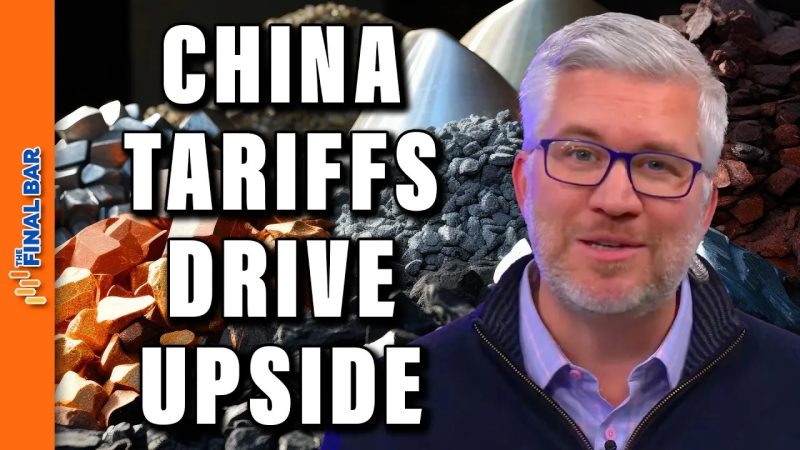
Riding the Wave: China Tariffs Spark Rare Earth Mineral Boom
In the ever-evolving landscape of global trade dynamics, recent developments in the form of new tariffs imposed by China have put rare earth minerals in the spotlight. Rare earth minerals, a group of 17 elements essential for various high-tech applications, have long been a point of contention in international trade due to their strategic importance. The latest tariffs introduced by China have not only reignited concerns about global supply chains but also created new opportunities and challenges for stakeholders in the rare earth minerals industry.
As the world’s largest producer of rare earth minerals, China has a significant influence on their availability and pricing. The decision to impose tariffs on exports of rare earth minerals has the potential to disrupt supply chains and drive up prices, leading to a domino effect on industries that rely on these minerals for manufacturing. With countries increasingly looking to diversify their sources of rare earth minerals, the tariffs imposed by China could prompt a renewed focus on developing alternative mining projects in other regions.
One of the key implications of the tariffs on rare earth minerals is the potential for increased investment in mining projects outside of China. Countries such as Australia, the United States, and Canada have significant reserves of rare earth minerals, and the escalating trade tensions could spur efforts to accelerate exploration and development of these resources. This shift towards diversification in the rare earth minerals supply chain could help reduce dependency on China and strengthen the resilience of global supply chains.
Another aspect to consider is the impact of the tariffs on the pricing of rare earth minerals. With China being a dominant player in the market, any disruption in the supply chain is likely to affect prices. The uncertainty surrounding the availability of rare earth minerals could prompt industries to reevaluate their sourcing strategies and consider stockpiling to mitigate potential supply risks. In the short term, the tariffs may lead to higher prices for rare earth minerals, but in the long run, they could incentivize investment in new mining projects and technologies to increase supply and stabilize prices.
Furthermore, the tariffs imposed by China could have geopolitical ramifications, as rare earth minerals are not only crucial for technological applications but also have strategic value in defense and national security. The potential for supply disruptions due to trade tensions highlights the importance of secure and sustainable access to rare earth minerals for countries seeking to enhance their self-reliance in critical industries.
In conclusion, the recent tariffs imposed by China on rare earth minerals have far-reaching implications for global trade and supply chains. While the tariffs may create short-term challenges for industries that rely on these minerals, they also present opportunities for diversification and investment in alternative sources. As countries navigate the complexities of the rare earth minerals market, strategic planning and collaboration will be key to ensuring a stable and sustainable supply of these essential elements for the future.
